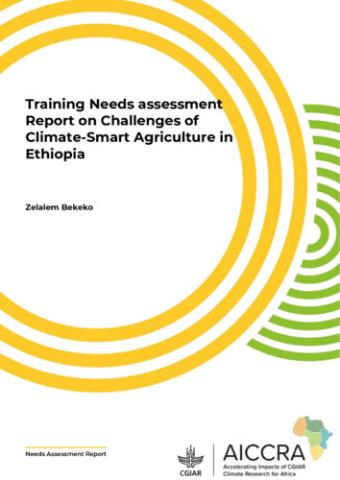Abstract
Haramaya University College of Agriculture and Environmental Sciences have undertaken review of the status of CSA and CIS in Ethiopia. In this review, we tried to assess and evaluate trends, challenges and some CSA practices and technologies that improve climate-smart agriculture and the training gaps existing in the country and propose future directions. Due to climate variability and change, Ethiopian agricultural sector that is the backbone of Ethiopia’s economy and livelihoods has been affected. Depending on different researchers, Ethiopian CSA pillars process has to be documented at all levels of implementation so as to undertake evidence-based promotion and upscaling of the technologies. Even if the problem is existed, combination of the adoption of climate-smart agricultural practices such as conservation agriculture, Integrated soil fertility management, small scale irrigation, Agroforestry, crop diversification and Improved livestock feed and feeding practices increased are used for specific purposes in GHG emission mitigation and climate change adaptation have been underway. However, adoption of climate-smart agriculture technology is ineffective mainly due to the fact that, low skills, knowledge and poor technical use of the technology. The importance of conservation agriculture as a key climate-smart practice for Ethiopia has to be recognized among high-level policy-makers and decision-makers as well as government and civil society organizations in the country. In this line concerted efforts to continuously generate CSA technology would contribute to the desired positive outcome. A solid awareness-creation program of conservation agriculture technology should be provided to all stakeholders at federal and regional level. The Policies and implementation Strategies should be emphasized on an integrated, evidence-based and climate smart approach to addressing food security at all levels, from the National to local levels, from research to policies and investments, and across private, public and civil society sectors to achieve the scale and rate of change required.

